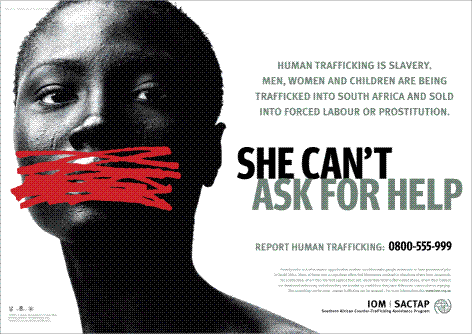- Carrying out a full strategic planning process for campaign communications that fits in with and fully complements the overall campaign strategy. See Campaign Planning and Campaign Strategy for guidance on how to embark on the strategic planning process.
- Formative research and participatory planning in co-operation with representative members of the target audiences, so as to enhance the chances the message will be heard and acted on. In large-scale campaigns involving mass communication, it is recommended to partner with social research institutes for robust data and analysis. Campaigns that operate on a tight budget can apply participatory assessment methods as in development work, e.g. participatory rural appraisal (PRA) tools. Basic data obtained from relatively small samples need to be verified in subsequent assessments, e.g. when pre-testing, adjusting and re-testing campaign communication tools. See UNICEF’s Participatory Assessment Tool, developed for use in working on violence against children, but also applicable to violence against women.
Example: In preparation for the development of the serial radio drama Dealers/Troco to raise awareness for human trafficking, and advertise its help line, the IOM’s Southern Africa Counter-Trafficking Assistance Programme (SACTAP) conducted formative research including interviews with 100 migrant people living in Johannesburg. Precise sub-themes for the campaign were identified, such as xenophobia, harassment and corruption by police and immigration officials, as well as some of the root causes of migration. Having first-hand interviews was essential to keeping the story in the radio drama rooted in real experience (Graham, 2008).

Listen to the Dealers/Troco radio serial.
- Using different channels and different media that have the greatest chance of producing the intended outcomes (e.g. enhanced knowledge or a specific behaviour-change). The campaign message has greater chances to be heard if people encounter it in different settings. Ensure the key points of the message remain clear and unambiguous as the message is adapted to different audiences and different media.
- Pre-testing communication materials and tools, and monitoring communication outcomes will help ensure the audience will actually understand the message in the intended way, and prevents wasting campaign resources. It is advisable to share campaign tools with members of the target audiences who have not yet been involved in campaign planning and ask them to describe what they see and how they feel about it, how they interpret the message, and what action, if any, they feel compelled to take. Focus group discussions are a good way to obtain such qualitative information. If pre-testers suggest substantial changes, the communication materials must be adapted and reviewed in a second pre-testing loop before full-scale production. Longer brochures or reports can be broken up into shorter sections and sent for feed-back to colleagues who may be interested in the subject for their own work (“peer vetting”). For audio-visual materials, one can record a “draft”, (low-cost version) for pre-testing. It is worth the effort, and can save time and money in the longer run.
Example: A pre-testing workshop of posters for a campaign against domestic violence in Kisumu (Kenya) yielded astonishing insights. Villagers were asked to describe what they saw on a poster depicting a man standing in a room with a raised fist and a woman lying by his feet. One man answered, “The man is angry because his wife is wasting money”; others assented. Further questioning revealed that it was the elaborate braided hair-style that distracted the community members from the key message of domestic violence. Having one’s hair styled in that manner was considered a time-consuming process and expensive!
After the poster was adapted to show the female protagonist with a short, simple haircut common among Kisumu rural women, viewers easily recognized that the image was depicting a domestic violence scene.
Source: Stella Maranga, OXFAM, private communication
“Why” questions applied to communications tools and activities
“Why” questions are a simple way to test the envisaged tool or action against the overall strategy. Just ask, possibly in a group involving members of the target audiences, “Why do we want to use this tool?” and keep questioning the answers until you have completed at least five rounds of questions and answers
For example, in a campaign that was assessing the use of bus advertisements as an effective way to reach audiences (adapted from Empowering Messages: What You Should Know: Strategic Communication and Gender-based Violence, Media Monitoring Africa):
Q1. Why are we doing this bus poster campaign against domestic violence?
A1. Because this is the best way of getting our chosen audience to notice our message.
Q2. Why do we want them to notice it?
A2. Because if they notice it, we believe they will react positively to it.
Q3. Why do we want them to react to it?
A3. If they react, it will increase awareness and prepare them for changing their behaviour.
Q4. Why do we want them to change their behaviour?
A4. If women know that X,Y,Z are all forms of violence, and they can call the “AAA” service for confidential legal and financial assistance, they may access the service and be empowered to leave their partners or find information for family and friends, thus reducing the incidence of domestic violence in their lives.
Q5. Why is stopping domestic violence so important?
A5. Because domestic violence is a form of gender-based violence, which is a violation of human rights with many negative consequences. It needs to be stopped because the more commonplace it becomes, the more acceptable gender-based violence becomes.
You can also devise questions that focus more on the theory of change, e.g. “why would they change their behaviour if they notice the bus posters?”